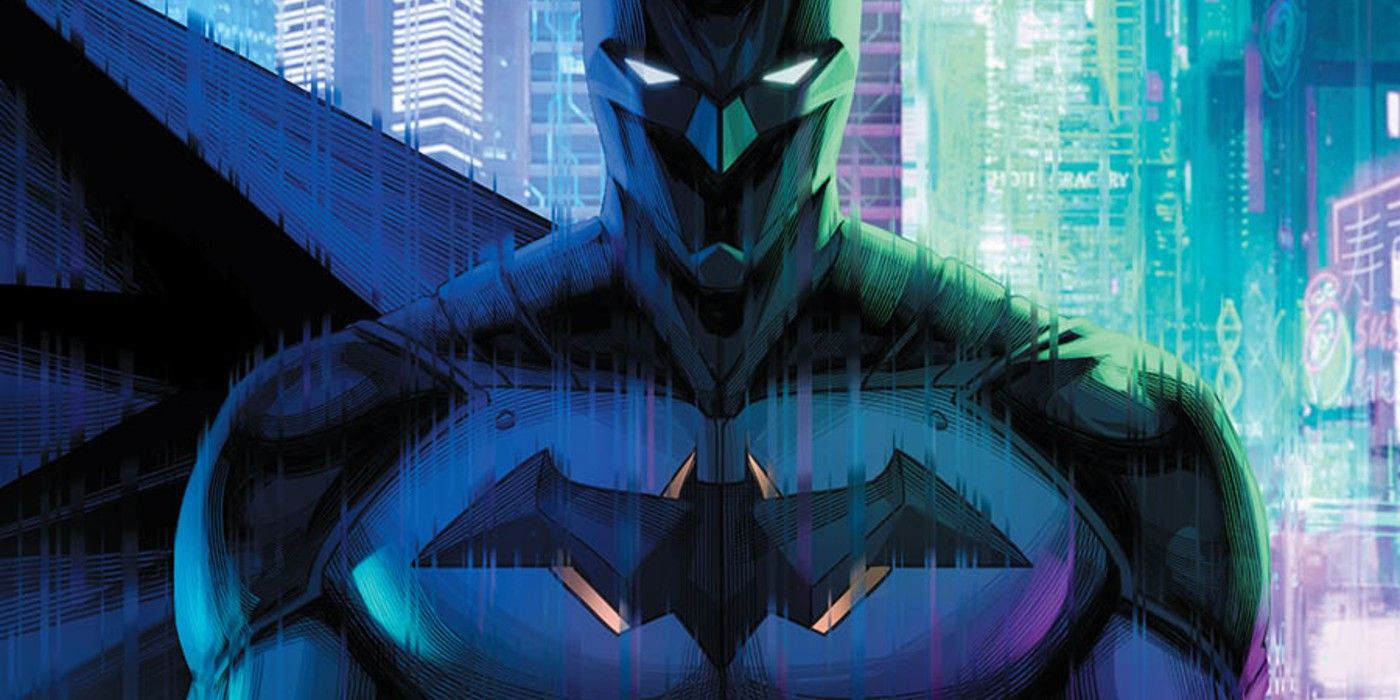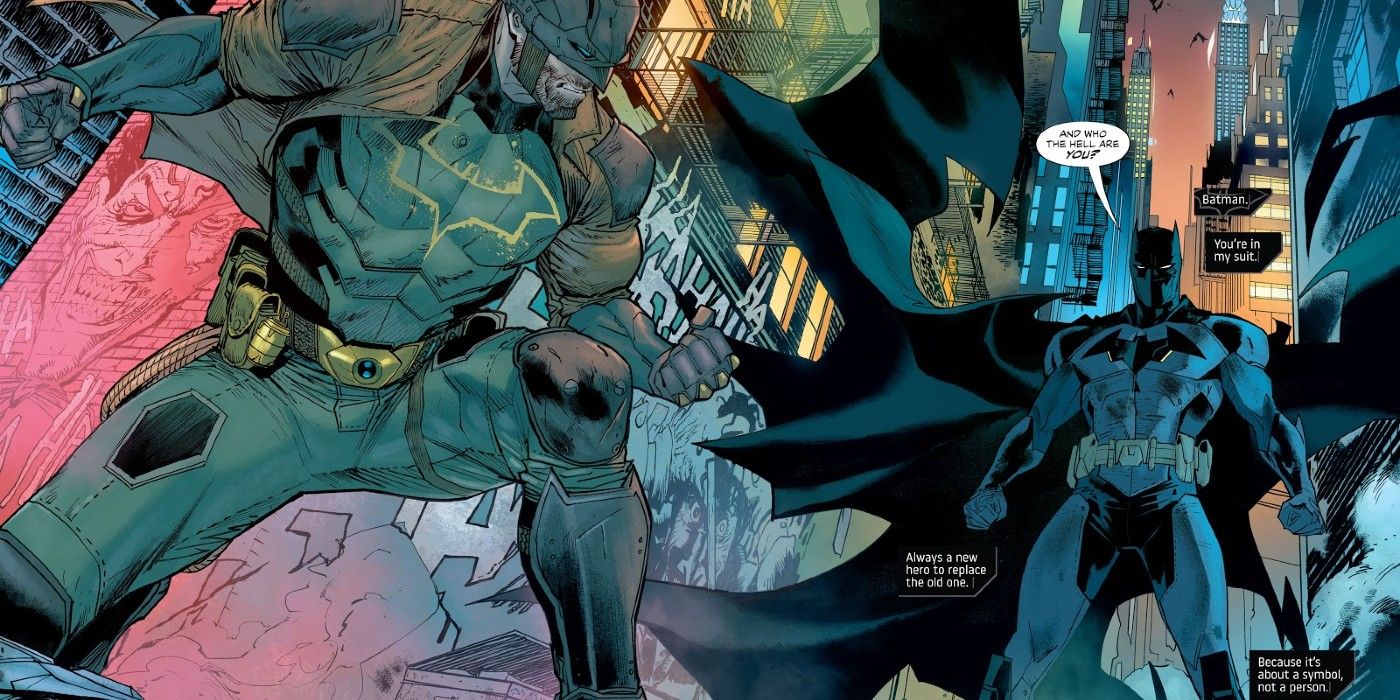
Warning: contains spoilers to Future State: Dark Detective #3 below!
Despite his formidable intelligence, resources, and training, Batman is still a human being and thus susceptible to disease, old age, and eventually death. While many DC Comics storylines have explored the idea of Batman without Bruce Wayne wearing the cape and cowl, DC's Future State has debuted a Batman replacement Timothy Fox while the still-alive Bruce Wayne continues to operate in secret, the world knowing his true identity and believing him deceased. When Bruce finally confronts his successor, he acknowledges him and admits that anybody could be Batman, contradicting a previous story where the future of Batman was destined to be him and only him.
In Scott Snyder and Sean Murphy's Detective Comics vol. 2 #27 (2011), Bruce Wayne awoke after his famous Batman: Year One realization in the Batcave in front of a familiar, one-armed assistant. This guide walks him through the motions, revealing that not only was he Batman but that they're both clones of the original Batman. When the first Bruce Wayne became too old to patrol a peaceful Gotham, the precautious former superhero built a device that would replicate himself at his prime so the city would always have a Batman. As seen in a period of flashbacks, this process has been repeated multiple times as each Batman has about twenty-seven good years of crime-fighting before he has to pass the baton to the next generation, himself. After telling him everything he needs to know, the older Batman gives him an option to leave but to do it quickly, knowing that he has a brief window before it'd be too late for him to ignore the fate they've made their never-ending destiny.
In Future State: Dark Detective #3 by Mariko Tamaki and Dan Mora, the former Batman operates in anonymity with a simplified version of his old costume that brings to mind Batman: Zero Year's survivor mentality. As Bruce investigates the Magistrate and their unorthodox methods of monitoring and controlling Gotham, the Dark Detective runs into the new Batman. While they both spend their time asking questions and sizing each other up, Bruce overlooks his disdain for someone wearing his old suit and admits "Always a new hero to replace the old one. Because it's about a symbol, not a person. Batman is dead. Long live Batman."

This admission shows that Bruce's opinion has grown past the Snyder story which despite being epic, showcases serious flaws in Batman's ambitious thinking. In creating the machine, the older Bruce forgoes his goal of attaining peace upon accomplishing his goal of ridding Gotham of crime and dooming his legacy to a never-ending cycle of violence. He also shows his arrogance in his decision that he is the only person capable of being Batman and thus essential to Gotham's continued survival through the ages. In Future State, Bruce admits to not liking his replacement but that he's created a symbol that other's will inhabit or make into their own, with or without his guidance or approval.
This acknowledgment brings to mind his goals for the Dark Knight in Batman Begins. He realized that as a human being, he could be ignored, manipulated, and destroyed but that as a symbol, he could be everlasting and incorruptible. By letting go of the idea that only he could be Batman, he unconsciously gives his Future State successor his blessing but also justifies other timelines or futures like Batman Beyond where other's take up the mantle and responsibilities of Gotham's protector when Wayne can not. Although it was a cool story, Batman should know that clones rarely ever end up being a good idea and Marvel's Spider-Man could gladly tell you why.
from ScreenRant - Feed https://ift.tt/3bl3oQK


0 Comments